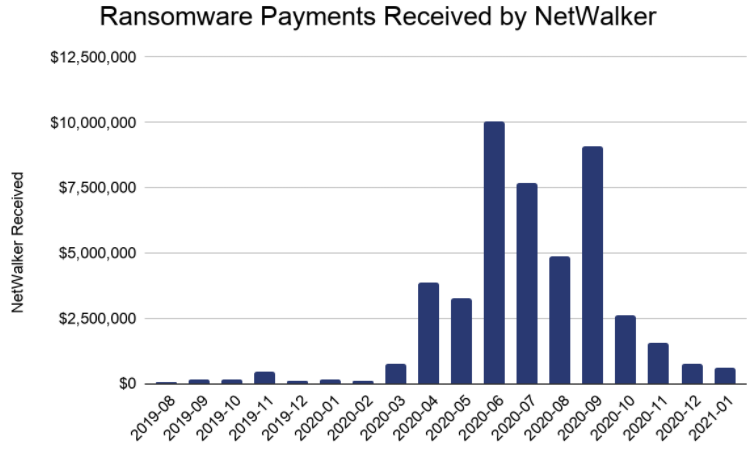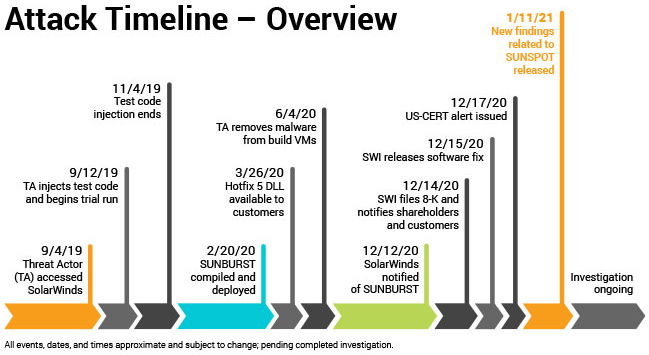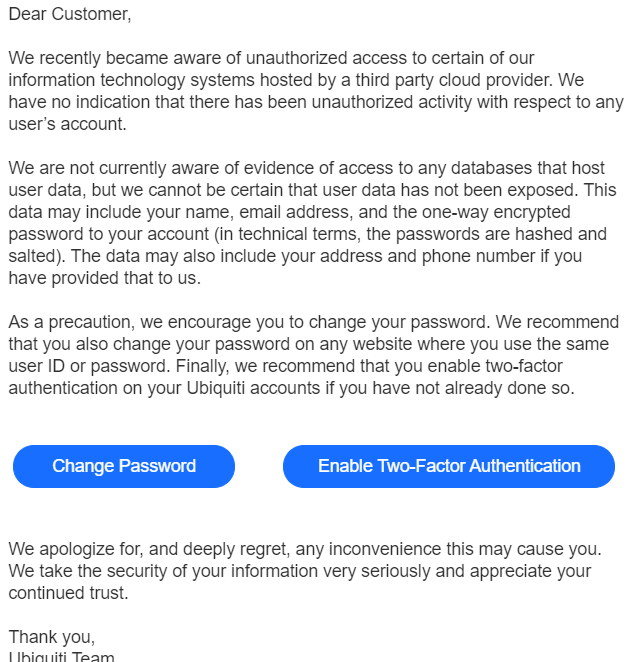U.S. and Bulgarian authorities this week seized the darkweb site used by the NetWalker ransomware cybercrime group to publish data stolen from its victims. In connection with the seizure, a Canadian national suspected of extorting more than $27 million through the spreading of NetWalker was charged in a Florida court.

The victim shaming site maintained by the NetWalker ransomware group, after being seized by authorities this week.
NetWalker is a ransomware-as-a-service crimeware product in which affiliates rent access to the continuously updated malware code in exchange for a percentage of any funds extorted from victims. The crooks behind NetWalker used the now-seized website to publish personal and proprietary data stolen from their prey, as part of a public pressure campaign to convince victims to pay up.
NetWalker has been among the most rapacious ransomware strains, hitting at least 305 victims from 27 countries — the majority in the United States, according to Chainalysis, a company that tracks the flow virtual currency payments.
“Chainalysis has traced more than $46 million worth of funds in NetWalker ransoms since it first came on the scene in August 2019,” the company said in a blog post detailing its assistance with the investigation. “It picked up steam in mid-2020, growing the average ransom to $65,000 last year, up from $18,800 in 2019.”

Image: Chainalysis
In a statement on the seizure, the Justice Department said the NetWalker ransomware has impacted numerous victims, including companies, municipalities, hospitals, law enforcement, emergency services, school districts, colleges, and universities. For example, the University of California, San Francisco paid $1.14 million last summer in exchange for a digital key needed to unlock files encrypted by the ransomware.
“Attacks have specifically targeted the healthcare sector during the COVID-19 pandemic, taking advantage of the global crisis to extort victims,” the DOJ said.
U.S. prosecutors say one of NetWalker’s top affiliates was Sebastien Vachon-Desjardins, of Gatineau, in Ottawa, Canada. An indictment unsealed today in Florida alleges Vachon-Desjardins obtained at least $27.6 million from the scheme.
The DOJ’s media advisory doesn’t mention the defendant’s age, but a 2015 report in the Gatineau local news website ledroit.com suggests this may not be his first offense. According to the story, a then-27-year-old Sebastien Vachon-Desjardins was sentenced to more than three years in prison for drug trafficking: He was reportedly found in possession of more than 50,000 methamphetamine tablets. Continue reading

















 Like so many Q drops, Queequeg’s tattoos tell a mysterious tale, but we never quite learn what that full story is. Indeed, the artist who etched them into Queequeg’s body is long dead, and the cannibal himself can’t seem to explain what it all means.
Like so many Q drops, Queequeg’s tattoos tell a mysterious tale, but we never quite learn what that full story is. Indeed, the artist who etched them into Queequeg’s body is long dead, and the cannibal himself can’t seem to explain what it all means.